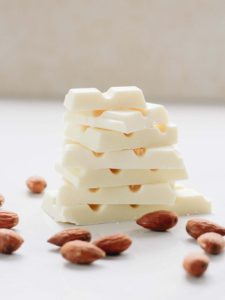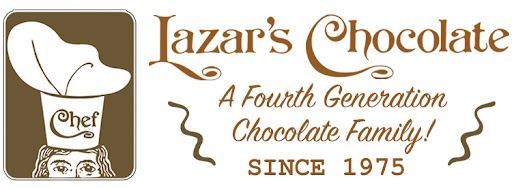 White chocolate is a unique type of chocolate that differs from traditional milk or dark chocolate in several ways. Here are some reasons why white chocolate is distinct and why it has its own appeal:
White chocolate is a unique type of chocolate that differs from traditional milk or dark chocolate in several ways. Here are some reasons why white chocolate is distinct and why it has its own appeal:
- Ingredients: White chocolate is made from cocoa butter, sugar, and milk solids, but it doesn’t contain cocoa solids, which give milk and dark chocolate their characteristic brown color and intense chocolate flavor. Instead, white chocolate has a creamy, ivory color due to the cocoa butter.
- Taste: White chocolate has a rich, creamy, and sweet flavor profile. It lacks the bitterness that is characteristic of dark chocolate and has a milder taste compared to milk chocolate.
- Versatility: Its mild flavor makes white chocolate versatile in both sweet and savory dishes. It pairs well with various ingredients such as fruits, nuts, spices, and even savory items like seafood and poultry.
- Texture: White chocolate has a smooth and velvety texture, thanks to the cocoa butter content. This texture makes it ideal for confectionery, baking, and dessert-making applications.
- Color: The ivory color of white chocolate can be visually appealing in certain culinary creations, providing contrast or complementing other colors in desserts and baked goods.
- Allergy-Friendly: Some people with chocolate allergies or sensitivities to cocoa solids can still enjoy white chocolate since it doesn’t contain cocoa solids. However, it’s important to note that white chocolate does contain milk solids, so it’s not suitable for those with dairy allergies.
Overall, white chocolate offers a different taste and texture experience compared to traditional chocolate, making it a popular choice in various culinary applications and a favorite among those who prefer sweeter, creamier treats.


Recent Comments